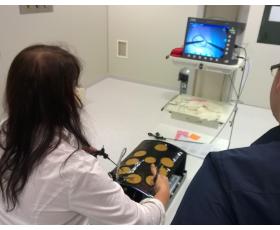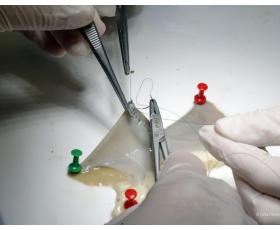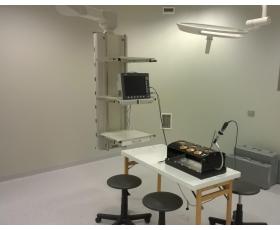Research alternatives

Researchers and scientists are always looking for new methods of research, attempting to use alternative methods to reduce the use of animals in research. In research and training are used:
Machines/simulators
Human volunteers
Cadavers
But... we cannot reproduce diseases in a cell culture, get a computer to cough, or examine a whole beating heart in a test-tube. By law, animals must not be used in a research project if viable non-animal techniques are available.
Most research is already carried out using these other methods. But we still need to use animals at some point. The living body is much more than just a collection of its parts; we need to understand how they interact. Humans can only be used in limited situations.
Scientists have strong ethical, economic and legal obligations to use animals in research only when necessary. Thus the number of research animals used annually in the UK has almost halved in the last 30 years. As science progresses, it may be possible to reduce further the numbers of animals used in some areas. In other areas, the numbers of animals may increase.
The guiding principles in animal research today are called the three Rs: Refinement, to make sure animals suffer as little as possible; Reduction, to minimise the number of animals used; Replacement, to replace animals with non-animal techniques wherever possible;
Researchers and scientists are always looking for new methods of research, attempting to use alternative methods to reduce the use of animals in research. In research and training are used:
Machines/simulators
Human volunteers
Cadavers
But... we cannot reproduce diseases in a cell culture, get a computer to cough, or examine a whole beating heart in a test-tube. By law, animals must not be used in a research project if viable non-animal techniques are available.
Most research is already carried out using these other methods. But we still need to use animals at some point. The living body is much more than just a collection of its parts; we need to understand how they interact. Humans can only be used in limited situations.
Scientists have strong ethical, economic and legal obligations to use animals in research only when necessary. Thus the number of research animals used annually in the UK has almost halved in the last 30 years. As science progresses, it may be possible to reduce further the numbers of animals used in some areas. In other areas, the numbers of animals may increase.
The guiding principles in animal research today are called the three Rs: Refinement, to make sure animals suffer as little as possible; Reduction, to minimise the number of animals used; Replacement, to replace animals with non-animal techniques wherever possible;





